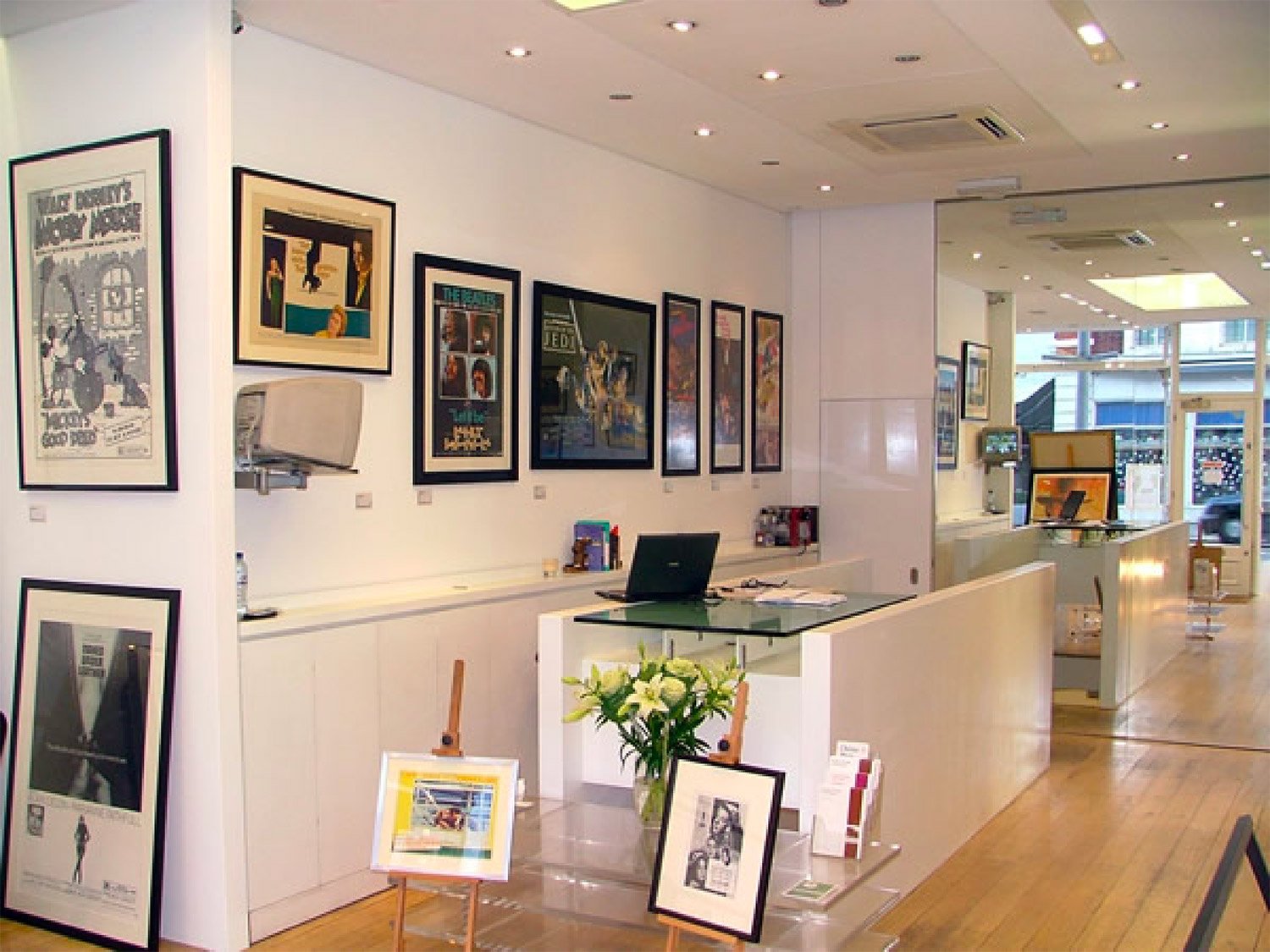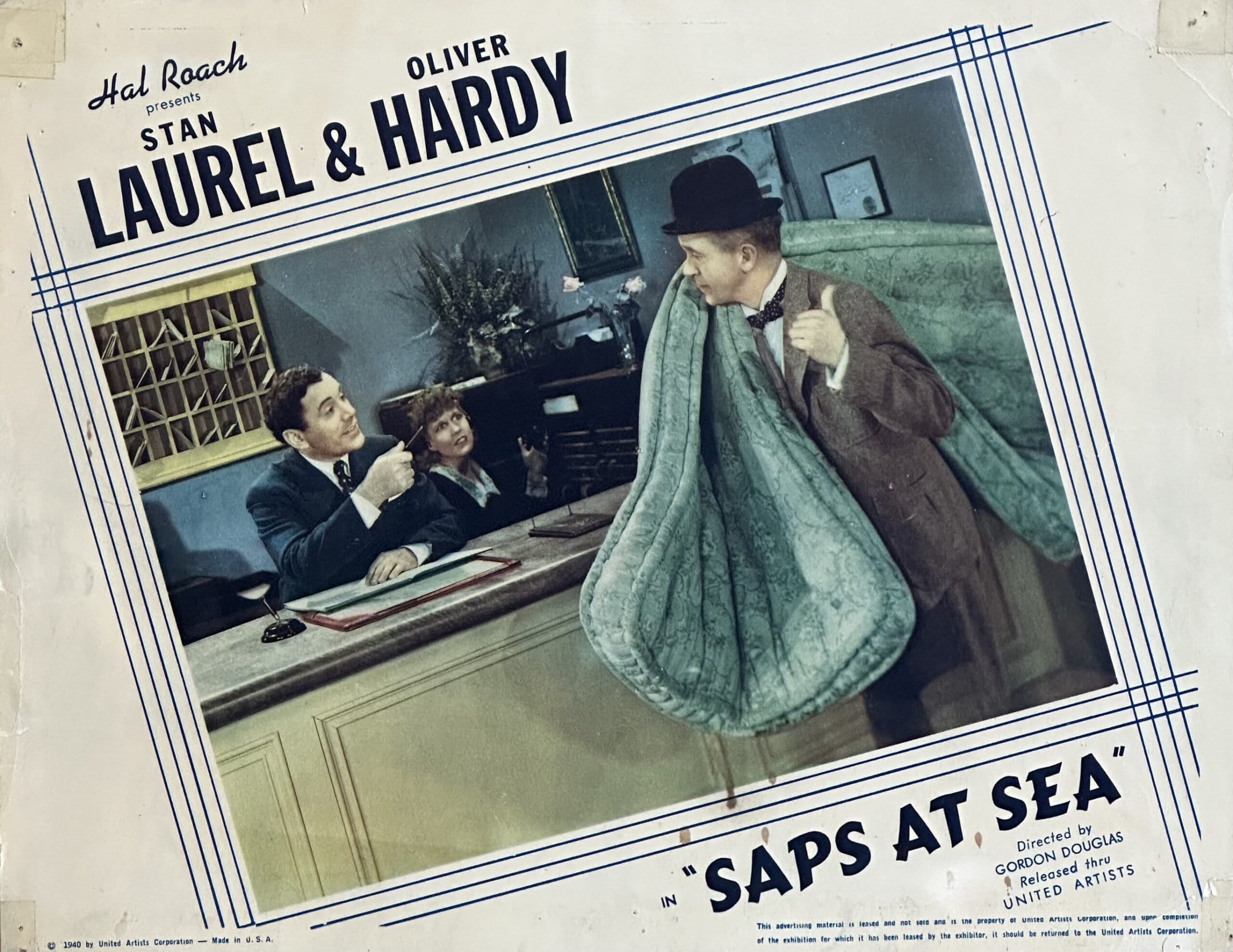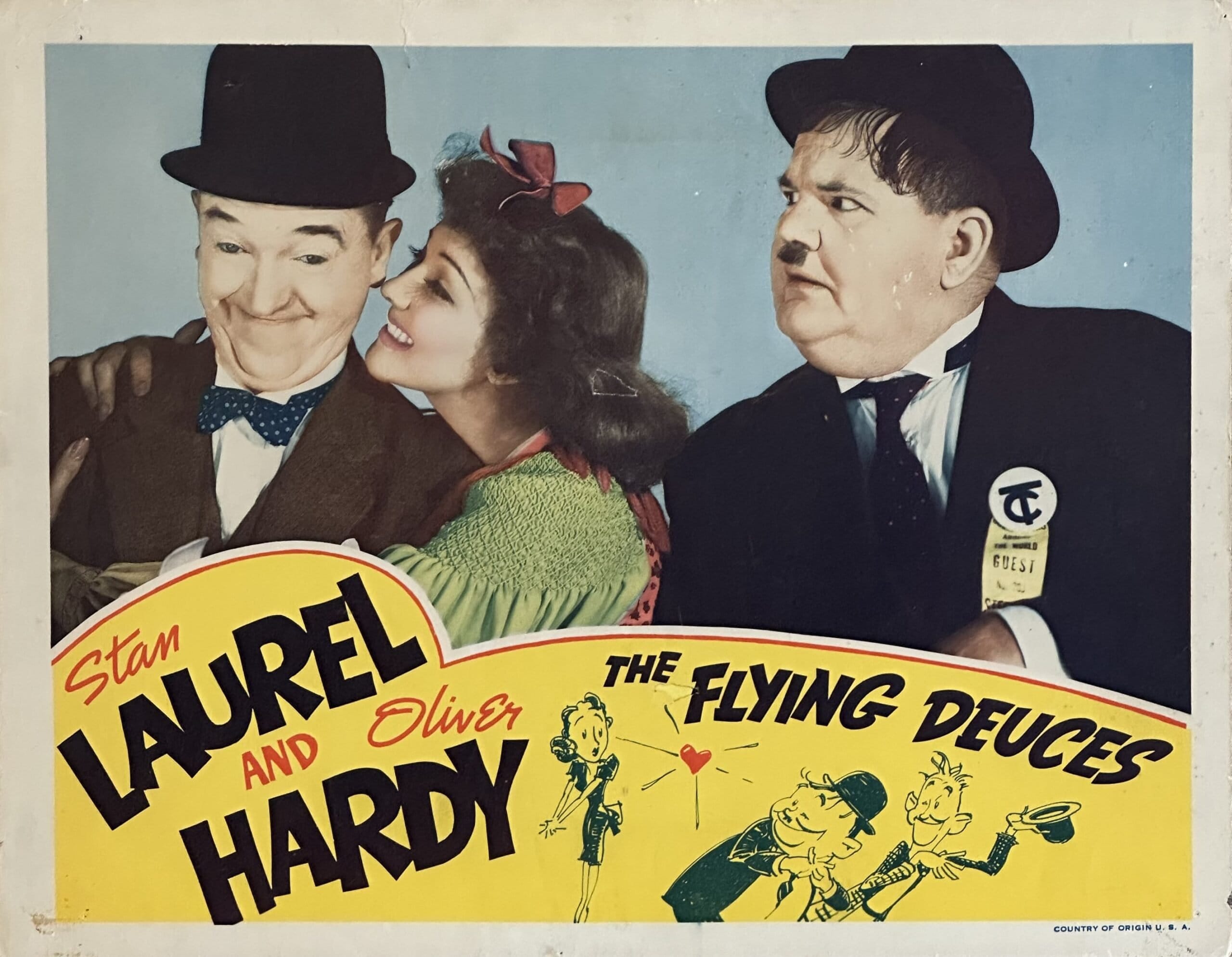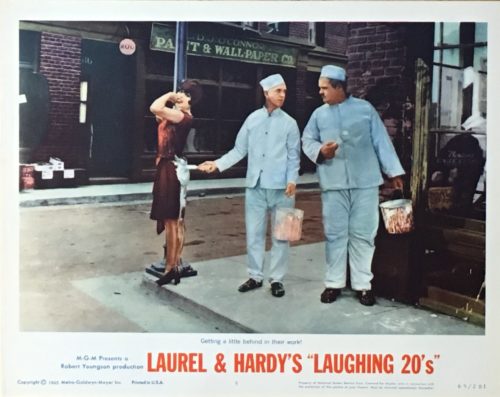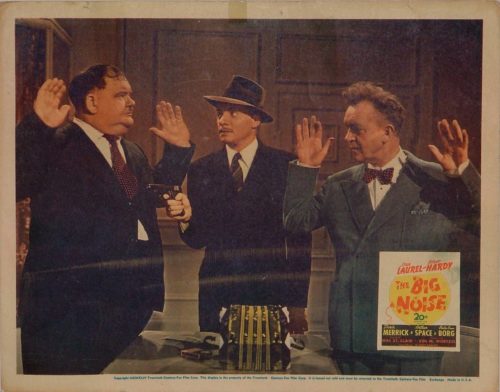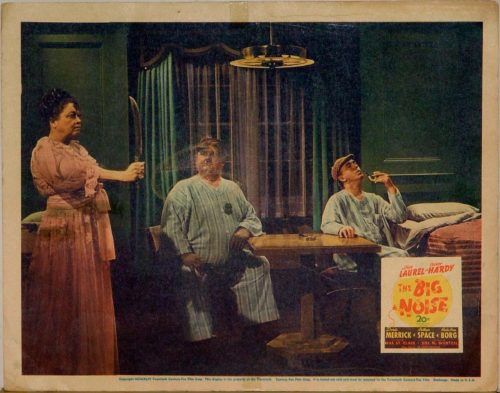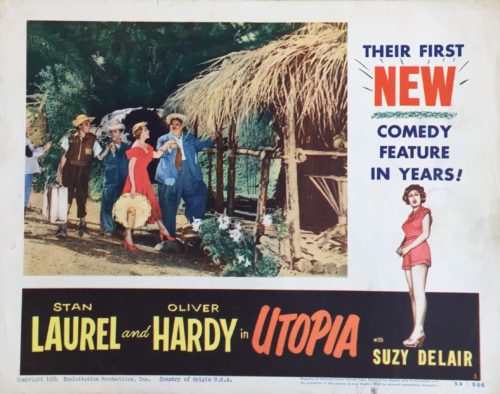Laurel and Hardy
Stan Laurel and Oliver Hardy are probably the best known, and best loved (by those who don't find them silly and repetitive) comedy duo in the history of film. First working together in the early 1920s, they successfully made the transition from silent to sound films, and continued making movies until 1950.
Stan Laurel was an Englishman from the same touring music hall troupe as Charlie Chaplin. Oliver Hardy was a boy from Georgia who was making a living as a supporting comedian in Larry Semon films. They came together by accident at the studios of Hal Roach (Mack Sennett’s main competitor). The rest is history.
Roach quickly recognised their on-screen chemistry, and soon they were formally teamed in a series of short comedies. Over the next dozen years they starred in nearly a hundred films together, making a smooth transition from silent to sound. And later making an equally smooth transition from short subjects to feature length movies.
Their slow paced comedy of manners was often counterpointed by tit-for-tat petty exchanges, and incidents of escalating violence. Think of the havoc wreaked by “Two Tars” on a queue of daytrippers stuck in traffic, or the destruction of their car and James Finlayson’s house in “Big Business”.
But think also of the perfectly constructed comedy of the Oscar winning “The Music Box”, the seminal film about delivering a piano up a long steep flight of steps, if not the seminal cinematic metaphor for most human endeavour.
Their feature length films contained more plot and padding, but they produced a handful of classic comedies in as many years during the 1930s, from “Sons of the Desert” to “Block-Heads” via “Way Out West”.
In 1940 they split from Roach, and made their final films at the bigger studios of Fox and MGM, where they were denied the artistic freedom they needed (or were too old and tired to care, depending on which view you take).
Although they are disliked by the duo’s still growing fan-base, these later films are “watered down” Laurel and Hardy, and so generally easier to watch for non-fans than their earlier classics. And they did still manage to include some funny moments, especially in 1943’s “Jitterbugs” and 1945’s “The Bullfighters”.
There was one final film, made between their successful live tours of the British music hall circuit in the late 1940s and early 1950s. 1950’s “Atoll K” (aka “Utopia”) is usually ignored or referred to as an unmitigated disaster. In fact, it only had two problems, albeit serious ones.
First, both Laurel and Hardy were ill and physically looked awful and ancient. Second, the “multi-national” nature of the production meant that all of the cast other than its two stars were speaking French or Italian, and the later dubbing into English was poorly synchronised and difficult to follow.
But the film itself had an interesting premise, a semi-decent plot, some typical Laurel and Hardy scenes, and it could otherwise have been a reasonably fitting end to their screen career.
Some of our current Laurel and Hardy stock
-

The Flying Deuces
£650.00In stock
Format: Lobby CardView -

Saps at Sea
£595.00In stock
Format: Lobby CardView -

The Flying Deuces
£725.00In stock
Format: Lobby CardView -

The Bohemian Girl
£265.00In stock
Format: Lobby CardView -

Laurel and Hardy’s Laughing 20s
£125.00In stock
Format: Lobby CardView -

Laurel and Hardy’s Laughing 20s
£125.00In stock
Format: Lobby CardView -

The Bullfighters
£350.00In stock
Format: Lobby CardView -

The Big Noise
£275.00In stock
Format: Lobby CardView -

The Big Noise
£275.00In stock
Format: Lobby CardView -

The Big Noise
£225.00In stock
Format: Lobby CardView -

Utopia (Atoll K)
£175.00In stock
Format: Lobby CardView -

Utopia (Atoll K)
£175.00In stock
Format: Lobby CardView -

Utopia (Atoll K)
£125.00In stock
Format: Lobby CardView -

Utopia (Atoll K)
£125.00In stock
Format: Lobby CardView -

Nothing But Trouble
£165.00In stock
Format: Lobby CardView -

The Dancing Masters
£195.00In stock
Format: Lobby CardView -

The Dancing Masters
£1,950.00In stock
Format: One SheetView


